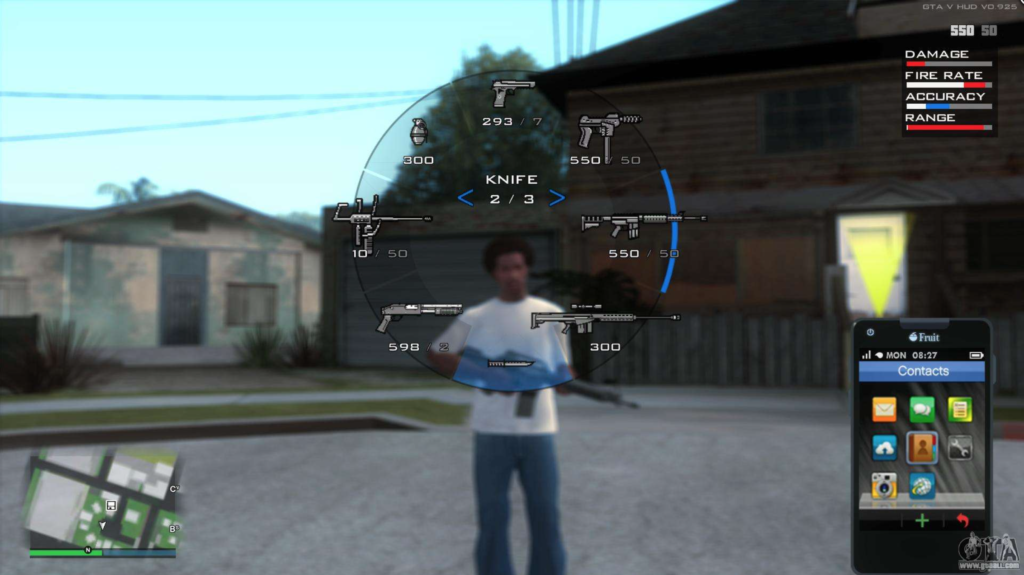The heads-up display (HUD) is an essential component of video games that displays important information to the player on the screen during gameplay. A good HUD design should be unobtrusive and aid the player without being distracting. Examples of HUD elements are mini-maps, health bars, and ammo counts. Some games even allow the player to customize the HUD to their preferences. The HUD should be easily visible in all lighting and environmental conditions.
HUD design choices
The choice of heads-up display design for a video game depends on the game‘s genre and style. The amount of information to be displayed to the player should also be considered. For example, in the Halo game, the HUD is comprehensive and displays all the information the player needs. However, this design may not be suitable for other games like Tomb Raider, where the HUD is minimalistic and only shows necessary information that changes based on player actions.

When designing a video game heads-up display, it‘s crucial to keep it from overpowering the screen and becoming a distraction to the player. It‘s important to assess if the features included in the HUD are actually necessary and helpful to the player. For instance, in a first-person shooter game, it may not be necessary to display the weapon the player is holding if they are already aware of it. A good example is Grand Theft Auto 5, where the HUD displays all necessary information without cluttering the screen. The HUD only appears when needed and quickly disappears, providing the player with information when necessary without being a distraction.
HUD Trends
Many game companies are moving away from the traditional, static HUD that displays a lot of information to the player. They aim to create a more immersive experience where the player forgets they‘re playing a game. Games like Dead Space use interactive cues instead of a traditional HUD to give the player information, such as audio cues to indicate low health. As game development progresses, more creative and non-visual elements are being used to replace traditional HUDs, to create a more immersive experience for the player.
https://www.pluralsight.com/blog/film-games/designing-a-hud-that-works-for-your-game#: HUD – Part 1 https://arstechnica.com/gaming/2013/07/heads-up-history-a-visual-look-at-the-evolution-of-the-hud/: HUD – Part 1